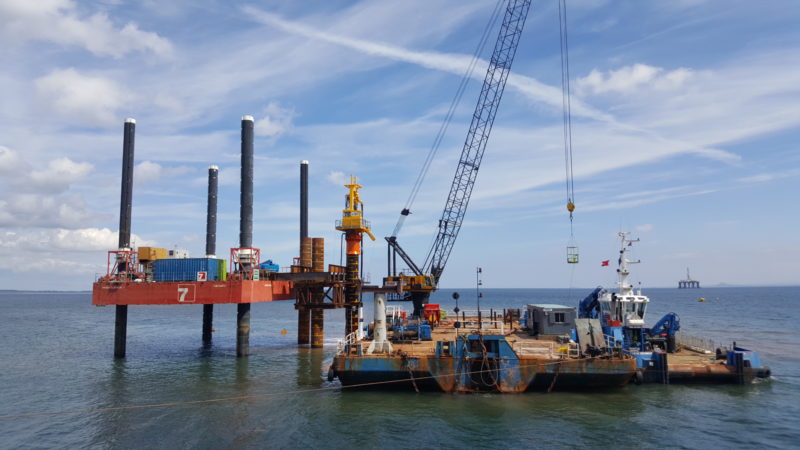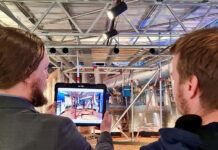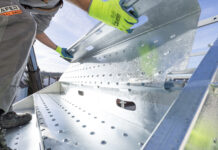
FORMWORK specialist Murform is currently involved in the construction of mooring dolphins off the coastline of a research and engineering zone in the east of Scotland.
Energy Park Fife encompasses a 55-hectare site, Methil Docks, Methil Docks Business Park and Low Carbon Investment Park.
Main contractor Graham Construction has enlisted Murform to construct two dolphin marine structures – isolated structures that extend above the surface of the water to provide a mooring facility for vessels.
Murform’s work on the project consists of the precasting of base and walls using reinforced concrete permanent formwork units, which will then be lifted onto piles situated offshore being installed by Graham Construction. The heads of the dolphins are prefabricated onshore before being transferred to the structures.
Kevin Keenan, contracts manager at Murform told Project Scotland, “At the moment, we have constructed the precast segment of the dolphin piers. We went for a precast option to enclose the works so it can be easily lifted out. We’re about to lift it out on top of the tubular piles that Graham’s are driving at the moment and then once we get those in place we tie the internal components off of it and we pour it in-situ.”
Kevin explained that so far the work had been “quite simple” as it has consisted off traditional formwork carried out onshore. However, the next stage would present challenges.
“We have to work with Graham with their offshore cranage on barges to lift the segments from the edge of the harbour out over water, so there are safety issues for working at height. These are tidal waters as well so they’re quite dangerous.
“We need to lift these out with the crane on top of them and there’s a lot of controls as how to set them in place. I think Graham have a lot of work trying to line up the holes at the top of the piles within our precast section. Obviously, when you go precasting you need to work with tolerances and obviously Graham have tolerances in their piles as well so we need to engineer those as best we can to make sure they fit when we do lift it out.”
Kevin added, “Overall, even though it’s heavier lifting to lift it out, it’s only one lift and it’s going to improve the programme because we precasted the outer sections, we’ve enclosed the work area where the guys are going to be working and then it’ll be only one further step to pour it out on the piers, so it’s less downtime for cranage out on the water.”
Another challenge, Kevin explained, would be transporting the concrete for the internal pour to the dolphin marine structure offshore.
“It’s out of reach from any traditional concrete pumping so Graham have a barge on hire for us and we’re going to tow the barge into the harbour, concrete pump, put it in four or five large skips, so we have to tow the barge out to the piles and skip it in and repeatedly do this until finished.”
Kevin said the project has been interesting for Murform and given the firm the opportunity to “use our traditional knowledge on formwork and then adapting it to meet Graham’s requirements for the project and they’ve relied on us to provide the best options for them”.
Murform is also “heavily tied up” in renewable energy projects in Scotland at the moment, with a lot of heavy civils-based work in the north of Scotland including substations and convertor stations. The firm has a Scottish office with headquarters south of the border and in County Wexford, Ireland.











